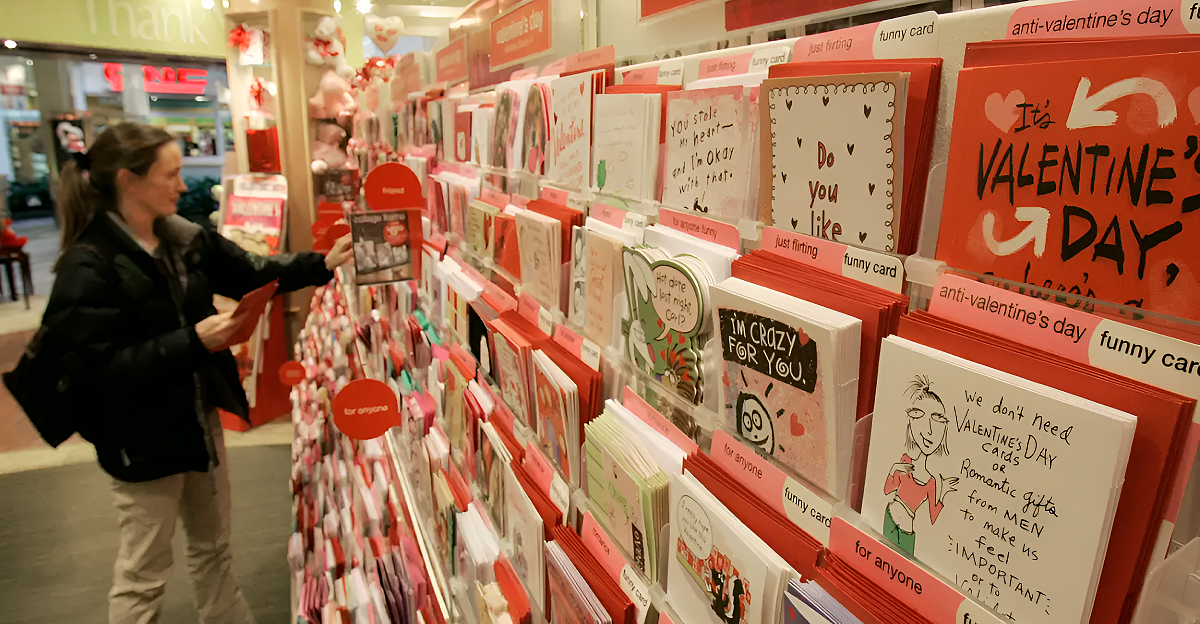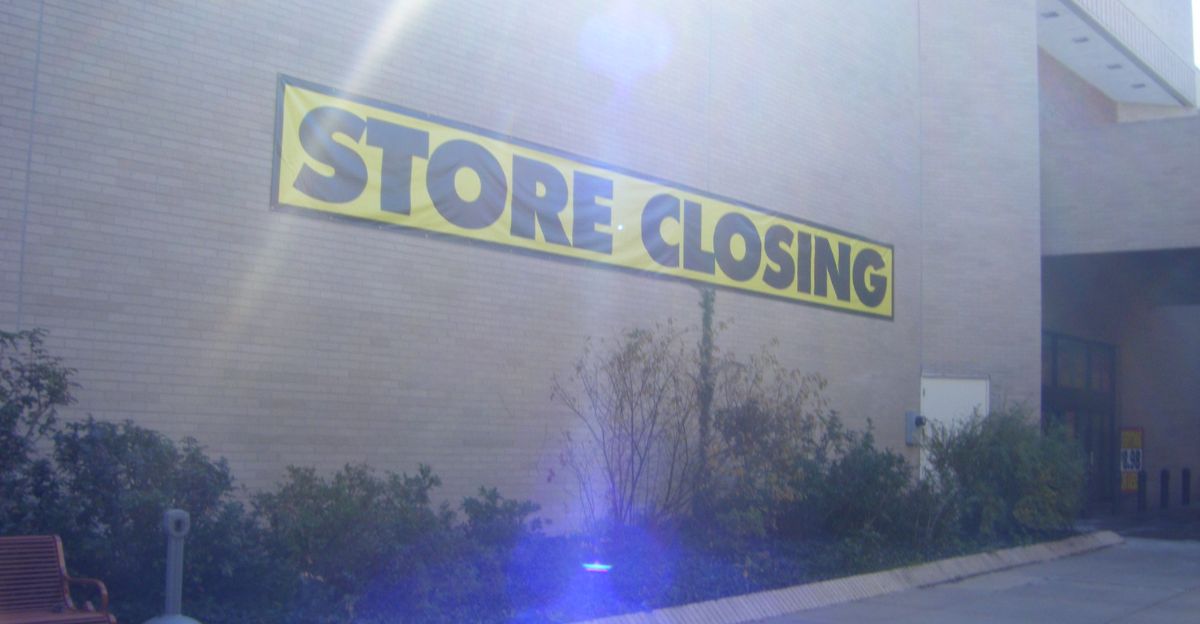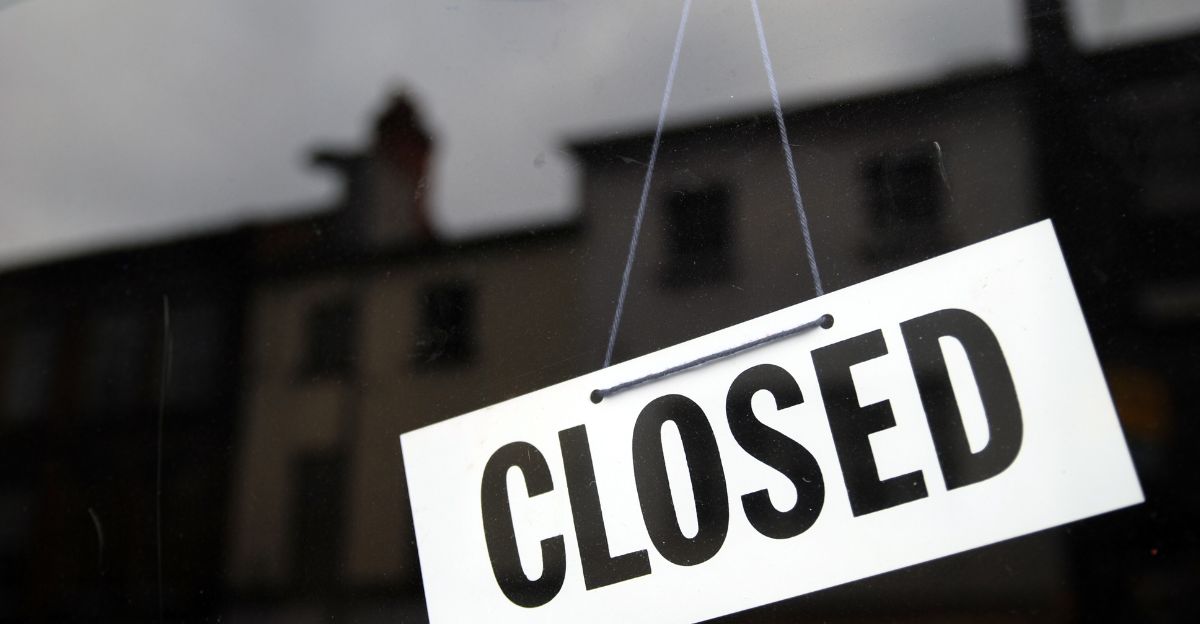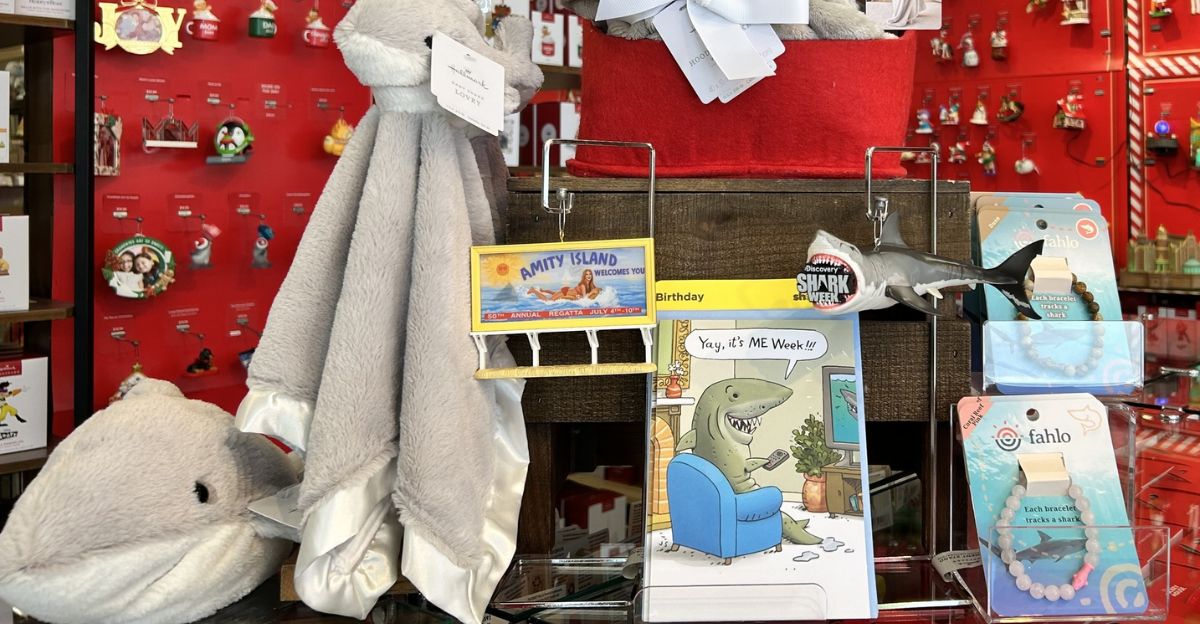
Banner’s Hallmark, a popular fixture in Virginia’s retail landscape, is facing a pivotal moment. Nearly 40 of its Hallmark Gold Crown stores are now under bankruptcy protection, threatening the beloved brand’s local presence.
The $5.6 billion greeting card industry is under pressure as digital alternatives take over. But what is at stake for communities and the industry as a whole?
Mounting Retail Pressure

The greeting card sector has seen a dramatic contraction over the years. Since 2000, over 850 Hallmark stores have closed their doors across the country, with the chain’s U.S. footprint shrinking from 2,000 stores in 2020 to just 1,146 by mid-2025.
Banner’s Hallmark’s troubles are part of a much larger trend that is currently reshaping American retail.
A Storied Legacy

Banner’s Hallmark traces its roots back over 45 years, where it started out as a single store and then turned into a regional powerhouse.
As an independent operator, it has won multiple awards and played an important role in Hallmark’s Gold Crown network, serving generations of customers who wanted cards, gifts, and keepsakes.
Industry Headwinds Intensify

Banner’s Hallmark has been hit hard by seasonal cash flow struggles, rising inflation, and the increasing costs of running its stores. At the same time, the greeting card industry itself has been changing.
More people now send digital messages instead of buying paper cards, while large retailers and supermarkets offer cheaper, more convenient options. This combination has steadily eaten away at in-store sales, putting enormous pressure on traditional card shops. What was once a steady, reliable business is now facing an uphill battle just to stay afloat.
Bankruptcy Bombshell

On September 14, 2025, Banner’s of Abingdon LLC filed for Chapter 11 bankruptcy in the U.S. Bankruptcy Court for the District of Columbia.
The filing covers 39 Hallmark Gold Crown stores, with assets and liabilities each listed between $10 million and $50 million.
Local Fallout

The bankruptcy filing directly affects nearly 40 stores across Virginia, putting hundreds of jobs and countless community connections at risk.
Many locations are now facing the possibility of closure or major restructuring as the company tries to stabilize itself.
Human Toll

For both employees and loyal customers, the uncertainty surrounding Banner’s Hallmark feels deeply personal.
Workers are anxious about their jobs and financial security, while longtime shoppers worry about losing a familiar space tied to birthdays, weddings, and other life milestones.
Competitors and Supply Chain

Banner’s Hallmark’s struggles reflect those of other specialty retailers. Supermarkets, Walmart, and Target are now also stocking Hallmark cards, intensifying the competition.
Meanwhile, supply chain disruptions and tariffs have driven up costs for imported ornaments and gifts, squeezing margins even further.
Macro Trends

The greeting card market, which was once a staple of American culture, is shrinking rapidly.
Digital communication, changing consumer habits, and real estate pressures have forced many independent stores to close their doors entirely or relocate, fundamentally altering the retail landscape.
Creditors in the Crosshairs

Banner’s Hallmark owes more than $14.7 million in debt to its three largest unsecured creditors: Hallmark Marketing Company LLC, Crown MAC, and PNC Bank NA.
According to the bankruptcy filing, there might be some funds set aside to cover these obligations, but repayment remains uncertain.
Internal Strains

Banner’s Hallmark’s filings cite cash flow strain from seasonal inventory purchases and high rent.
The company is reassessing leases and might even merge or close stores to address debts, despite intentions to keep all locations open during reorganization.
Leadership at a Crossroads

Leonard Banner, the president and CEO, has guided the chain through decades of change.
Now, leadership faces tough decisions about restructuring, negotiating with creditors, and possibly redefining the company’s business model to survive.
Comeback Blueprint

Despite the crisis, Banner’s Hallmark plans to continue operating all 39 stores during bankruptcy.
The company hopes to reorganize in time for the lucrative holiday season, banking on strong seasonal sales to help in its recovery.
Expert Doubts

Industry analysts have warned that even with reorganization, the outlook is challenging.
The rise of digital greetings and ongoing cost pressures could limit the effectiveness of traditional recovery strategies for brick-and-mortar card retailers.
What’s Next?

The question on everyone’s mind: Will Banner’s Hallmark emerge stronger, or will more closures follow in the future?
The outcome might hinge on consumer loyalty, successful debt restructuring, and the ability to adapt to a rapidly changing retail environment.
Policy and Political Ripples

Meanwhile, tariffs on imported goods have raised prices for Hallmark’s ornaments and gifts, further contributing to their financial struggles.
Policy changes affecting trade and retail could further impact the company’s recovery prospects.
International Echoes

Although Banner’s Hallmark’s immediate troubles are centered in Virginia, the company’s future is tied to far more than local challenges.
Hallmark relies heavily on a global supply chain, with many of its ornaments and specialty items produced in Asia.
Legal Complexities

Multiple affiliated entities, including Banners of Waynesboro LLC and Banners of Leesburg LLC, have filed separate Chapter 11 petitions.
The legal process will determine which stores survive and how creditors are repaid.
Cultural Shifts

The decline of greeting card stores reflects broader generational changes.
Millennials and Gen Z increasingly prefer digital communication, challenging the relevance of traditional cards and reshaping how people mark special occasions.
The Big Picture

Banner’s Hallmark’s bankruptcy is more than a business story; it signals a turning point for American retail and cultural rituals.
As the industry adapts, the fate of these stores will reveal much about how communities connect in a digital age.